


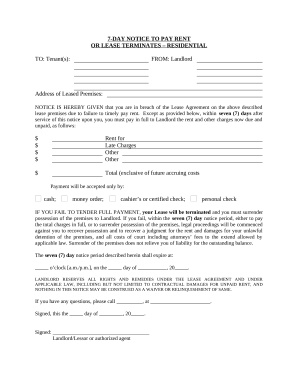
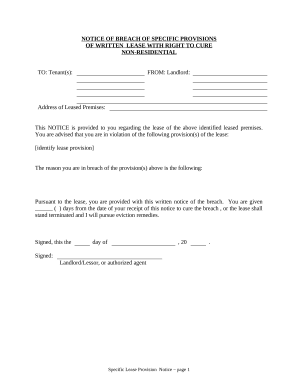
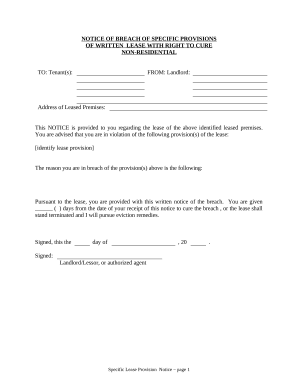

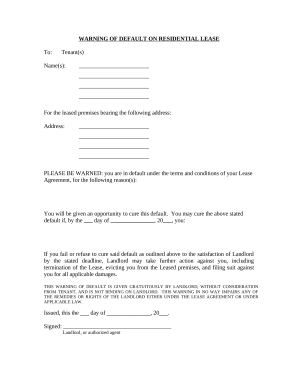
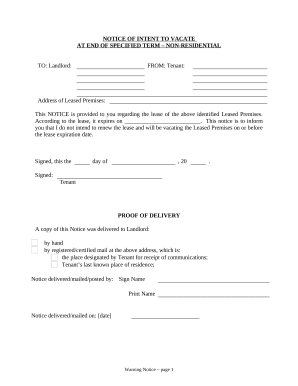

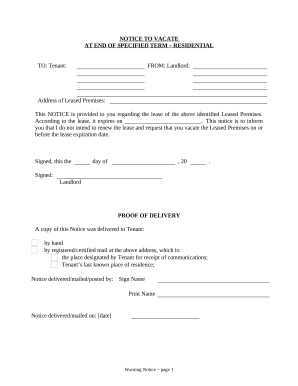
Papers managing takes up to half of your business hours. With DocHub, it is possible to reclaim your office time and enhance your team's efficiency. Access Landlord Tenant Lease Notices collection and explore all form templates related to your day-to-day workflows.
The best way to use Landlord Tenant Lease Notices:
Improve your day-to-day file managing with our Landlord Tenant Lease Notices. Get your free DocHub profile today to discover all templates.